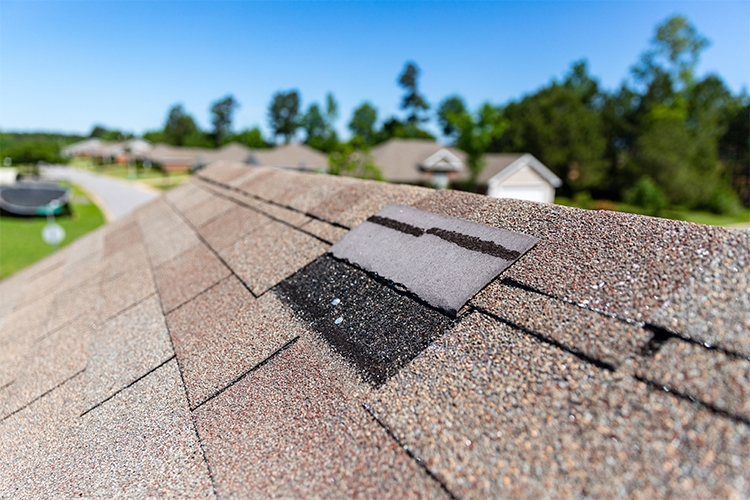By Jason Keen, AIC, MBA, executive general adjuster
Let’s face it – a commercial roof can be expensive to replace; and like other instances in life, there will be people who attempt to take advantage.
After a recent storm, a contractor may see a worn roof in close proximity as a potential revenue stream. A seasoned loss adjuster with storm experience can help identify red flags related to a potentially misguided and fraudulent roofing claim.
Red flags to watch out for:
- Manufactured damage claims.
- Grossly inflated or intentionally misidentified damage claims.
- Date of loss misrepresentation claims.
- Fraudulent invoice or loss documentation claims.
An onsite inspection allows loss adjusters to provide a professional opinion about the origin and cause of the damage, an informed estimate of costs associated with repairs or replacement, and a determination of coverage based on policy terms and conditions. This includes the identification of potentially fraudulent claims activity.
Manufactured damage
In the case of alleged hailstorm damage, a red flag is raised when examination of the roof reveals all damages are consistently sized and appear within defined placement patterns. Such damages are generally concentrated in easily accessible areas of the roof versus around more dangerous edges. A closer look may reveal crushed granules, tool marks or irregular punctures. Other signs include no apparent collateral damage with gutters still intact. Further, weather research and data may not support a hail event in the area.
Intentionally misidentified damage
Another red flag is raised when the same contractors are in areas with no previous claims reported. A door knocker may be providing unsolicited “free roofing” offers. Questions also arise when loss adjusters witness old or discontinued roofing products with known problems.
Date of loss misrepresentation
Loss adjusters must also note the date of loss to determine the appropriate carrier, policy and deductible. There have been instances in which a contractor has selected a storm date that aligns with a more favorable deductible. This can have a notable effect on the amounts owed by both the insured and insurance company. In other cases, a date of loss may be misrepresented to file a duplicate claim when funds have already been dispersed under another policy.
Fraudulent invoice submissions
It’s also critical to consider instances when a contractor may turn in an invoice for work they did not perform. If discrepancies in charges appear, loss adjusters can request itemized billing to ensure invoices are representative of the work performed.
The role of the loss adjuster is critical to providing information and assessments that enable decisions and determine next steps so repairs or replacements can be arranged. Our clients’ needs are at the forefront of this process. In those rare instances in which duplicitous actors enter the scene, we work to provide guidance and peace of mind to protect client interests.
For more information about roofing claims or property loss adjusting services, contact [email protected]

